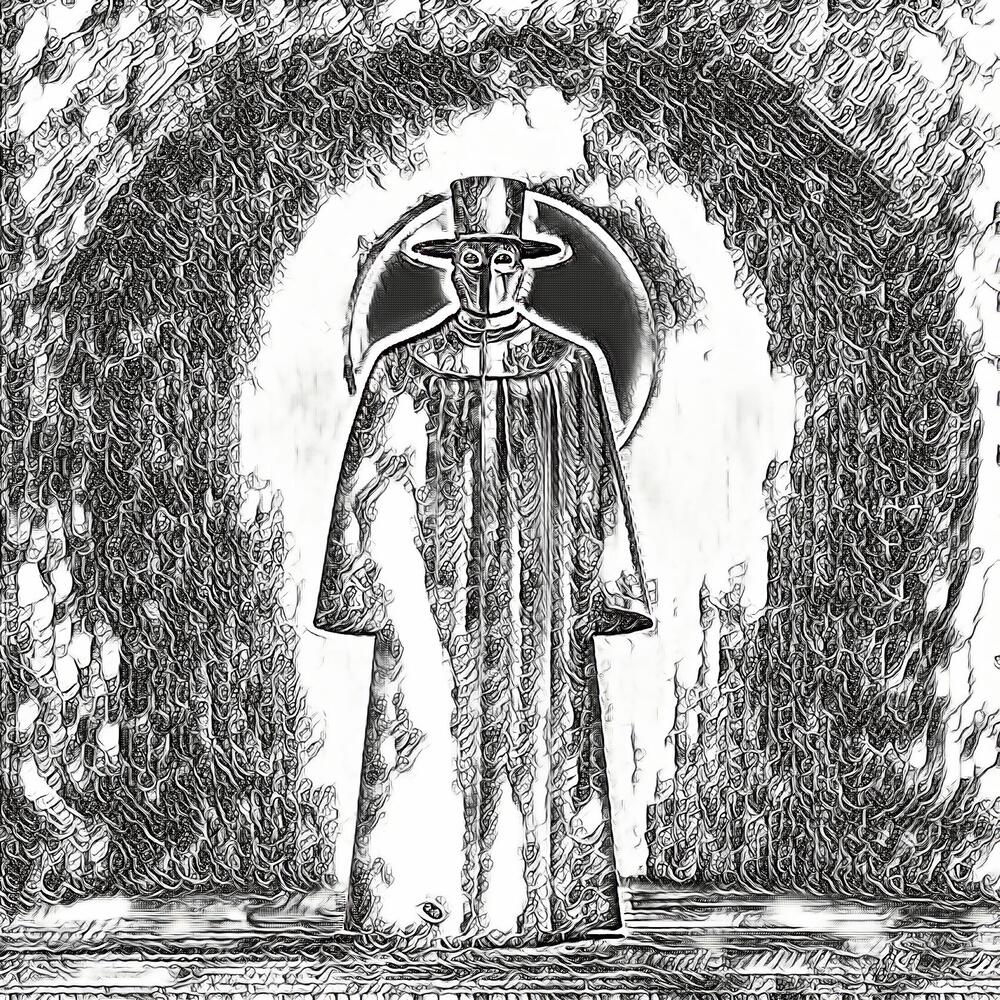In the dimly lit streets of London’s East End, during the autumn of 1888, a series of chilling murders sent shockwaves through Victorian society. The perpetrator, known only as Jack the Ripper, stalked the impoverished alleys of Whitechapel, leaving behind a trail of terror and mystery that continues to captivate the imaginations of people worldwide over a century later.
The reign of Jack the Ripper was brief, lasting only a matter of months, yet the impact of his crimes transcended time and space, shaping the course of history and leaving an indelible mark on popular culture. To this day, the identity of Jack the Ripper remains one of the greatest unsolved mysteries in criminal history, fueling endless speculation and countless theories.
At the heart of the fascination with Jack the Ripper lies the allure of the unknown. The shadowy figure, cloaked in darkness, embodies the epitome of evil, haunting the collective consciousness with his gruesome deeds. The sensationalized media coverage of the time transformed Jack the Ripper from a mere criminal into a mythical figure, perpetuating his infamy and ensuring his place in the annals of history.
The Whitechapel murders, as they came to be known, were a grim reflection of the social and economic disparities of Victorian London. In the labyrinthine streets of the East End, poverty and despair were rife, creating fertile ground for crime and violence to flourish. Against this backdrop of urban decay, Jack the Ripper emerged as a symbol of the city’s darkest fears, preying upon the most vulnerable members of society with impunity.
The legend of Jack the Ripper has endured for over a century, captivating the minds of historians, criminologists, and amateur sleuths alike. Countless books, films, and television shows have sought to unravel the mystery of his identity, each offering its own interpretation of the enigmatic killer. Yet, despite decades of investigation and speculation, the true identity of Jack the Ripper remains elusive, shrouded in the mists of time.
The enduring fascination with Jack the Ripper speaks to our enduring fascination with the darker aspects of human nature. In an age of unprecedented technological advancement and societal progress, the story of Jack the Ripper serves as a chilling reminder of the depths of human depravity and the fragility of civilization itself. It is a story that resonates across time and space, reminding us that, beneath the veneer of civilization, lies a darkness that lurks within us all.
As we continue to grapple with the legacy of Jack the Ripper, it is essential to remember the victims of his heinous crimes. In the midst of the speculation and sensationalism, it is all too easy to lose sight of the human cost of these tragedies. Each victim had a name, a family, and a story, and their memory deserves to be honored and respected.
In conclusion, the legacy of Jack the Ripper is a testament to the enduring power of myth and mystery in shaping our understanding of the past. As we continue to delve into the shadowy world of Victorian London, we are reminded of the fragility of human existence and the eternal struggle between good and evil. The story of Jack the Ripper may never be fully resolved, but its impact on our collective consciousness will continue to reverberate for generations to come.

